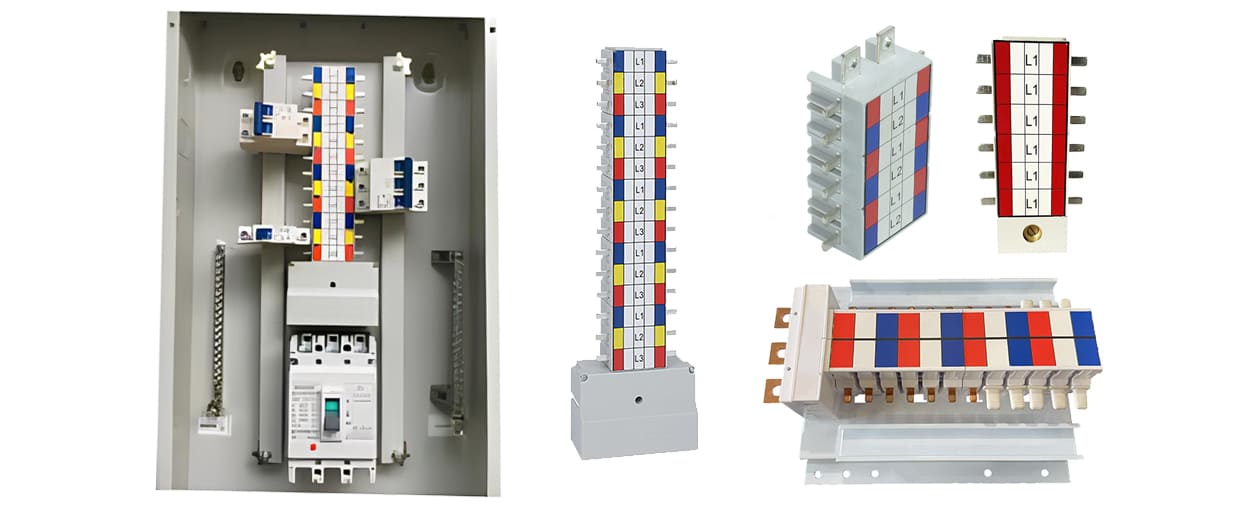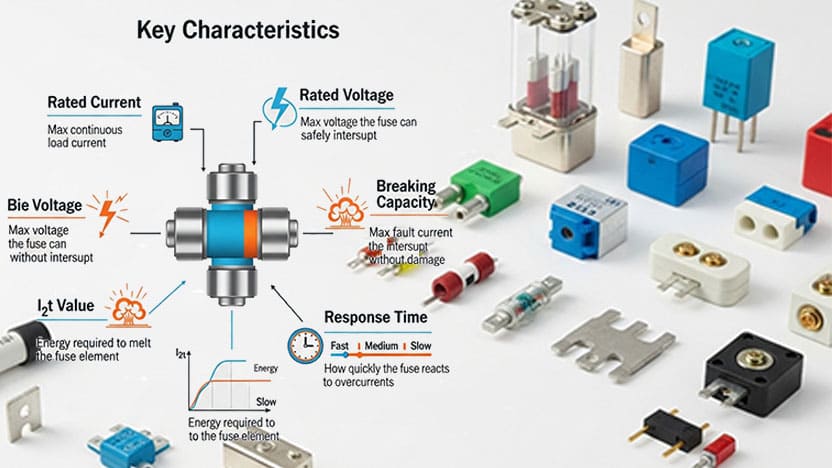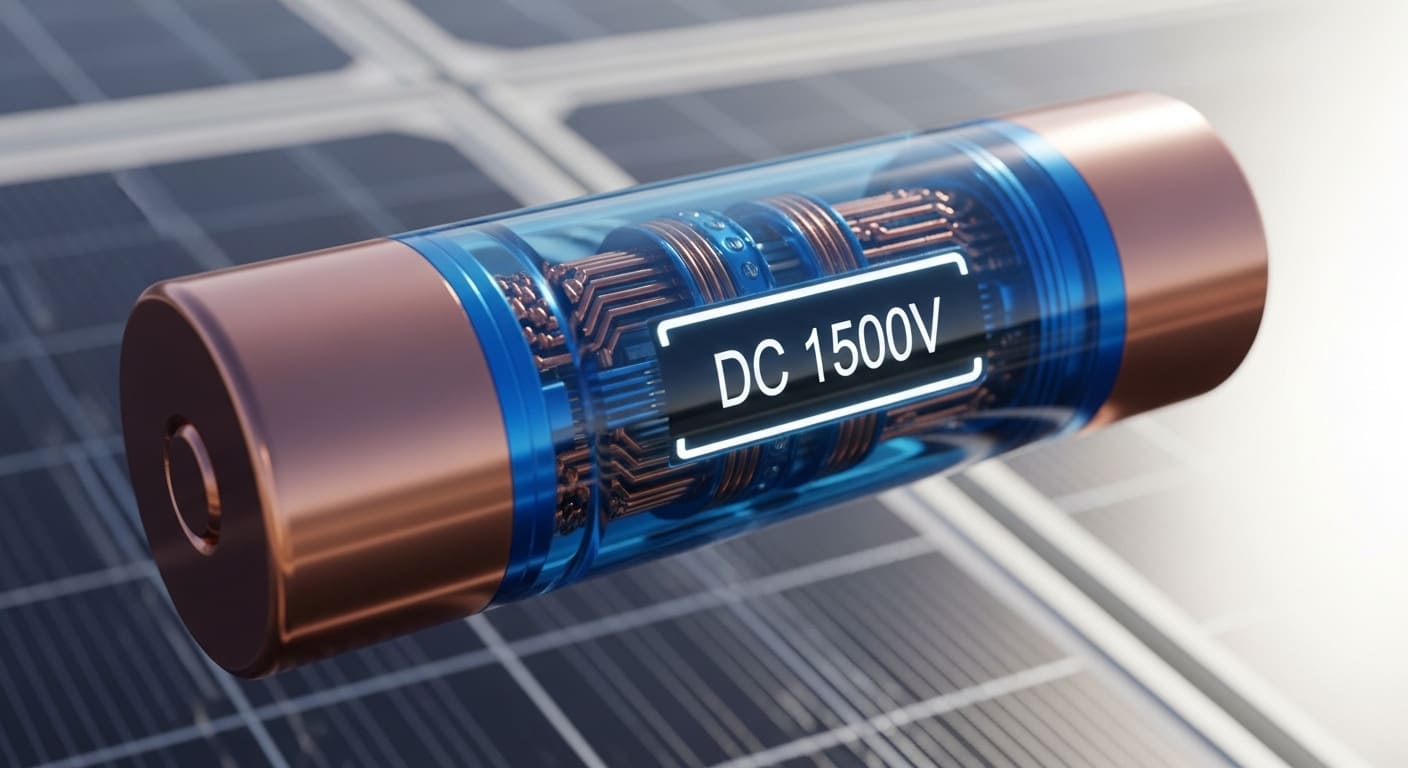Solar system failures often occur because of overlooked AC-side protection. Many installers focus solely on DC components while neglecting proper AC photovoltaic fuses1, leading to unexpected shutdowns and costly repairs.
AC photovoltaic fuses are specialized overcurrent protection devices designed specifically for the AC output side of solar inverters. These fuses account for the unique load profiles of grid-tied systems2, including harmonic content and reactive power compensation3, providing reliable protection against overloads and short circuits.
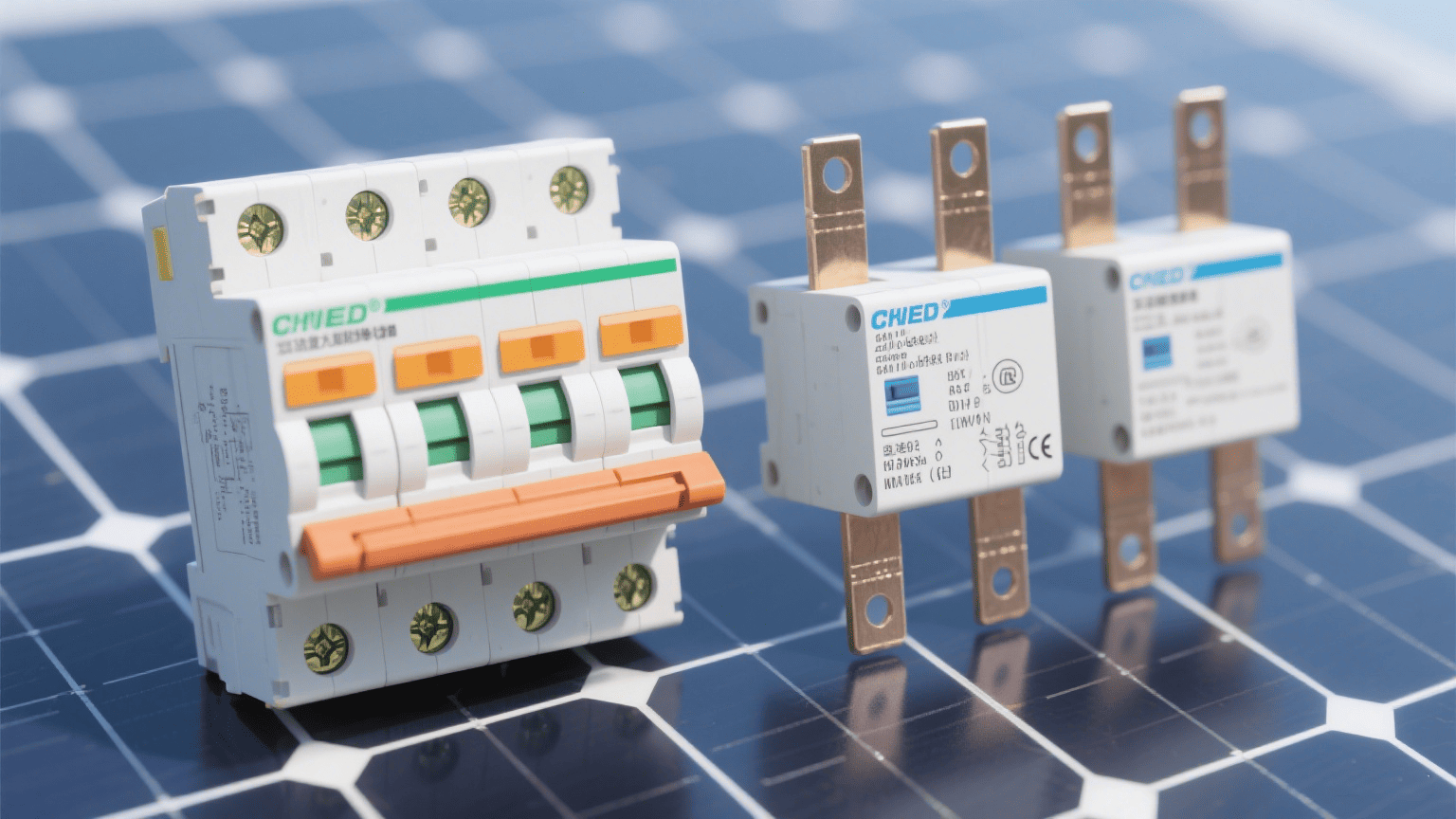
I've seen numerous systems fail prematurely because standard industrial fuses were used instead of proper PV-rated AC fuses. In my experience, the difference isn't just theoretical—it directly impacts system reliability, safety, and longevity. Let's explore why these specialized components matter so much.
What is a Photovoltaic Fuse and Why Are They Different From Standard Fuses?
Solar systems face harsh operating conditions that standard fuses weren't built to handle. Daily thermal cycling4, high DC voltages5, and constant exposure to environmental factors create unique protection challenges that compromise system safety.
Photovoltaic fuses are specialized overcurrent protection devices6 designed specifically for solar applications with ratings up to 1500VDC. They feature enhanced clearing capabilities for DC circuits, higher temperature ratings, and are tested under PV-specific conditions to ensure reliable operation in solar installations.
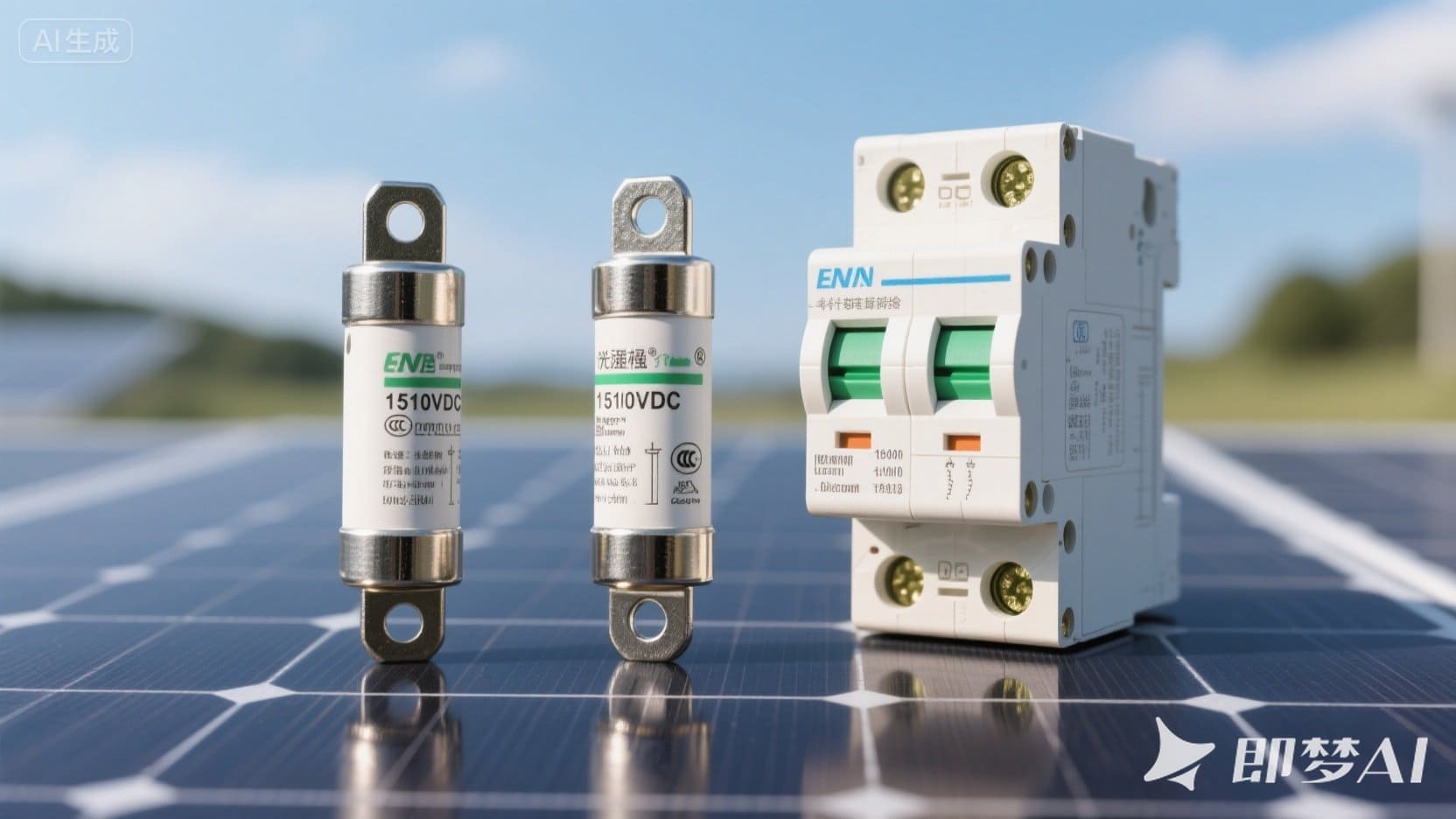
Diving deeper into photovoltaic fuses7, I've observed that their construction differs significantly from standard fuses. The internal elements are designed to withstand the unique stresses of solar applications, particularly the sustained currents near the fuse's rating.
PV fuses typically feature ceramic bodies8 with high-grade silica sand9 filling that can absorb and dissipate the energy of a DC arc much more effectively than standard fuses. The end caps and terminals are also specially designed to minimize heating under continuous operation, which is crucial since PV systems often run at high load factors for extended periods.
In my installations, I've documented how standard fuses can degrade rapidly in PV applications. The constant cycling from day to night causes thermal expansion and contraction that standard fuses aren't designed to handle. Over time, this leads to premature aging of the fuse element and eventual failure—often during peak production times when the system is under maximum stress.
Key Differences Between PV Fuses and Standard Fuses
| Feature | PV Fuses | Standard Fuses |
|---|---|---|
| Voltage Rating | Up to 1500VDC | Typically 250-600V |
| Temperature Stability | -40°C to +85°C operating range | Narrower temperature range |
| Cycling Capability | Designed for daily thermal cycling | Limited cycling capability |
| Arc Suppression | Enhanced DC arc suppression | Basic arc suppression |
| Time-Current Curve | Optimized for PV current profiles | General purpose profiles |
What is the AC Current Fuse and Where Does It Fit in Solar Systems?
The inverter output presents a different protection challenge than most people realize. Standard AC fuses often fail prematurely when faced with inverter-specific output characteristics, resulting in unexpected system downtime and reduced energy production.
AC current fuses in solar systems protect the AC output side of inverters from overcurrents and short circuits. Unlike DC photovoltaic fuses, AC fuses operate at lower voltages (typically 120-480VAC) but must handle inverter-specific challenges like harmonic content10, reactive power compensation, and fault current limitations11.
[^12] connection panel](https://fuspan.com/wp-content/uploads/2025/07/3AC-FUSE.png)
Diving deeper into AC current fuses for solar applications, I've found that the AC side presents unique challenges that many system designers overlook. Modern solar inverters don't produce perfect sine wave outputs—they contain harmonic content that can cause standard AC fuses to heat differently than under pure sine wave conditions. Additionally, grid-interactive inverters often provide reactive power compensation, creating complex loading patterns that standard fuses weren't designed to handle.
In my experience commissioning large commercial systems, I've measured significantly higher operating temperatures in standard AC fuses compared to PV-specific AC fuses under identical load conditions. This temperature difference—often 15-20°C higher—drastically reduces the expected lifespan of standard fuses.
The fault current behavior of inverters also differs fundamentally from traditional power sources. Most inverters have current-limited outputs that behave differently during fault conditions than the high fault currents available from the utility grid. This means the time-current characteristics12 of the fuse must be carefully matched to the inverter's protection scheme.
AC Fuse Selection Factors for Solar Applications
| Factor | Importance | Consideration |
|---|---|---|
| Harmonic Content | High | Select fuses rated for non-linear loads |
| Ambient Temperature | Medium | Derate fuses for high-temperature environments |
| Cycling Profile | High | Choose fuses with robust thermal cycling capability |
| Voltage Rating | Medium | Match to system voltage with appropriate margin |
| Breaking Capacity | High | Must exceed maximum available fault current |
What Fuse Do You Use for Solar Panels and Why Does the Selection Matter?
Choosing the wrong fuse type or rating for solar panels can lead to catastrophic failures or nuisance tripping13. I've seen installers repeatedly select fuses based only on current rating, ignoring critical factors that determine real-world performance.
For solar panel string protection14, use 10A to 30A cylindrical or NH-type DC fuses with 1000VDC or 1500VDC ratings and gPV classification. These fuses should be sized at 1.5-1.56 times the panel's short circuit current (Isc) while not exceeding the maximum series fuse rating printed on the panel.
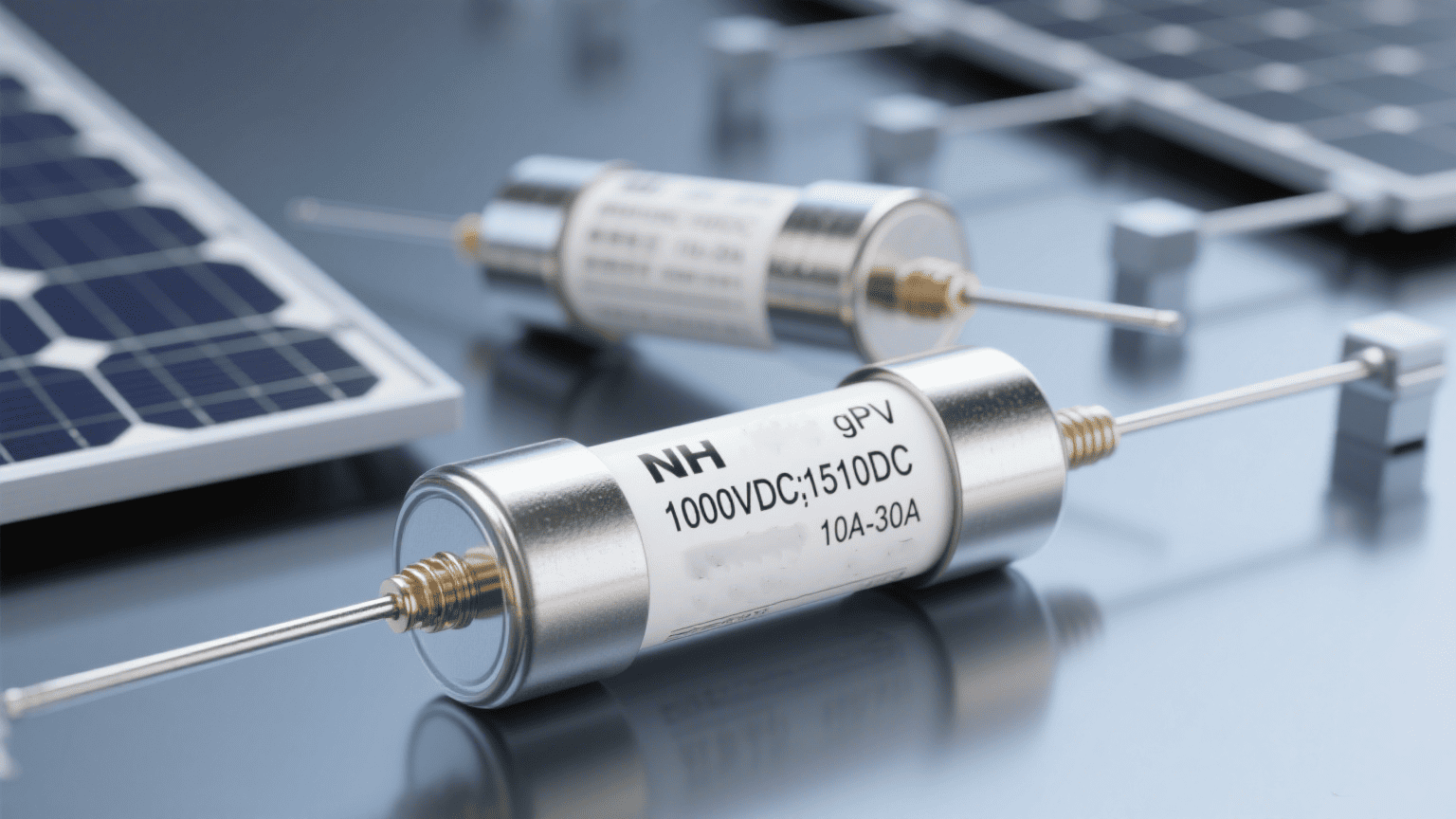
Diving deeper into fuse selection for solar panels, I've found that getting this right requires understanding both the electrical characteristics of the panels and the system architecture. String fuses serve a crucial but often misunderstood purpose—they primarily protect against reverse current flow15 when a string becomes a load rather than a source (such as during partial shading or panel failures).
In my system designs, I carefully analyze the potential reverse current scenarios. For small systems with few parallel strings, the maximum possible reverse current may not exceed the panel's reverse current rating, potentially making string fuses unnecessary. However, for larger systems with multiple parallel strings, the potential reverse current can be substantial, making proper fuse selection critical.
The environmental conditions also significantly impact fuse selection. In desert installations I've managed, ambient temperatures16 regularly exceed 45°C inside combiner boxes. This requires significant derating of fuses—sometimes by 20-30%—from their nominal values to prevent premature aging. Similarly, in cold climate installations, the morning startup current surge when cold panels suddenly receive full sunlight can cause nuisance tripping if fuses aren't properly selected with adequate time delay characteristics.
String Fuse Selection Guide Based on System Size
| System Configuration | Recommended Fuse Type | Sizing Approach |
|---|---|---|
| 1-2 parallel strings | May not need string fuses | N/A |
| 3-8 parallel strings | 10-15A gPV cylindrical | 1.5 × Isc with temperature derating |
| 9-16 parallel strings | 15-20A gPV NH style | 1.56 × Isc with temperature derating |
| >16 parallel strings | 20-30A gPV NH style | 1.56 × Isc with enhanced heat dissipation |
What is a Photovoltaic AC Generator and How Does It Affect Fuse Requirements?
Traditional electrical protection approaches often fail when applied to photovoltaic AC generators. The unique operating characteristics of these systems require specialized protection strategies17 that many electricians miss, putting installations at risk.
A photovoltaic AC generator is the complete power production system that converts DC from solar panels into grid-compatible AC power. It includes the inverter, isolation components, and grid interface equipment. This system requires specialized AC fuses that can handle the unique electrical characteristics of inverter-generated power.
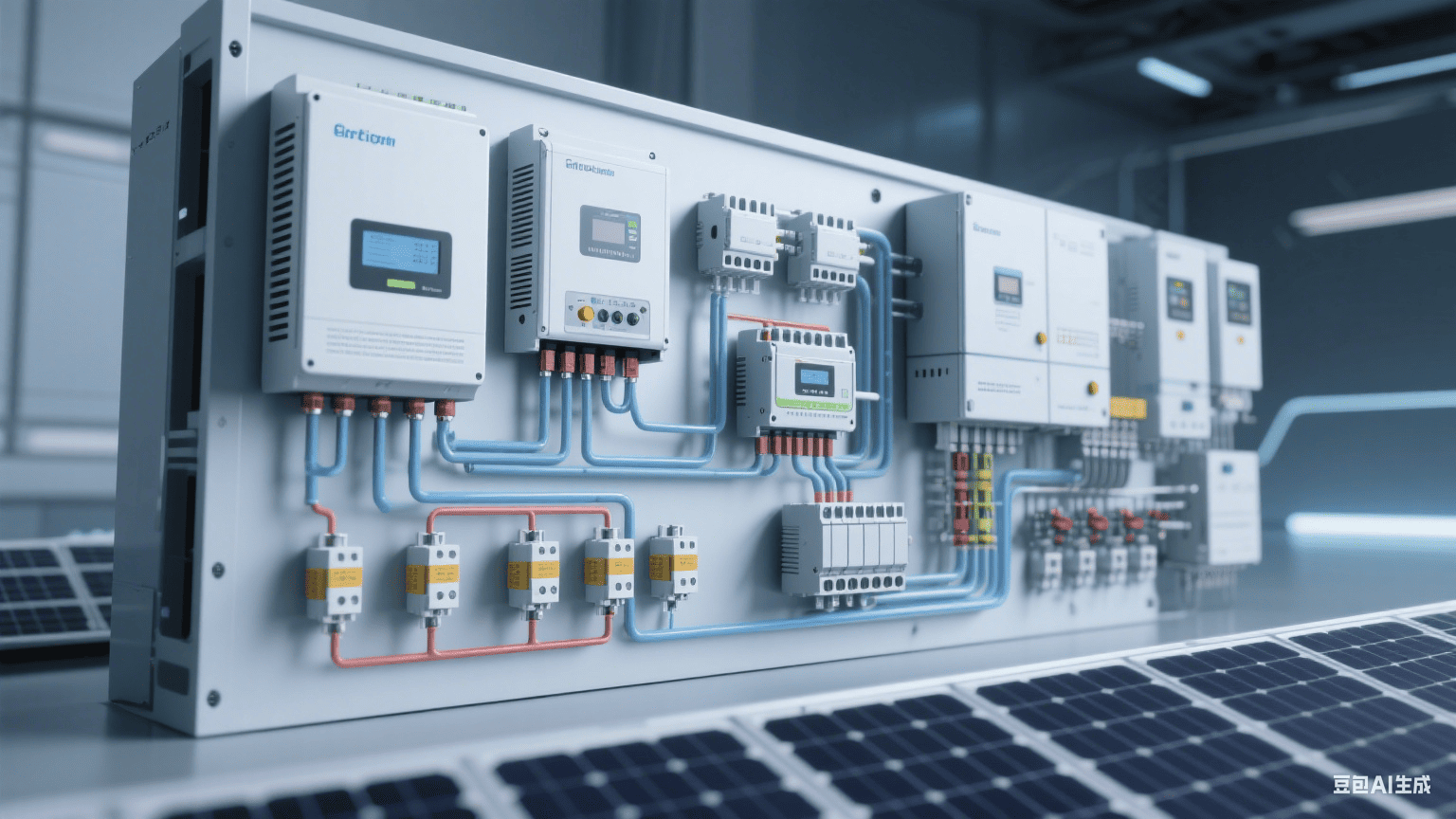
Diving deeper into the concept of a photovoltaic AC generator, I find that understanding the complete system perspective is essential for proper protection. Unlike conventional generators with rotating machinery, PV AC generator18s have no inertia and respond differently during fault conditions. This fundamental difference affects how we must approach overcurrent protection.
In several commercial installations I've commissioned, we conducted detailed power quality analysis at the inverter output. The results consistently showed significant differences between inverter-generated AC and utility power. Most notably, the harmonic content—even in high-quality inverters—creates heating effects in fuses that aren't accounted for in standard fuse ratings.
Another critical factor is the fault current limitation inherent in inverter-based resources. Unlike traditional generators that can produce 5-10 times their rated current during faults, most inverters limit fault current to 1.1-1.5 times their rated output. This limitation means standard coordination studies may not apply, and fuses must be selected specifically for this characteristic to ensure they'll actually clear under fault conditions.
PV AC Generator Protection Considerations
| System Aspect | Protection Challenge | Solution Approach |
|---|---|---|
| Limited Fault Current | Standard fuses may not clear | Select fuses with appropriate I²t ratings |
| Harmonic Content | Additional heating in fuse elements | Use fuses rated for non-linear loads |
| Anti-islanding | Coordination with inverter protection | Time-current coordination studies |
| Bidirectional Power Flow | Complex fault scenarios | Directional protection schemes |
| Reactive Power Control | Variable power factor operation | Margin in fuse thermal ratings |
Conclusion
Proper AC photovoltaic fuse selection is crucial for solar system reliability and safety. By understanding the unique challenges of both DC and AC circuits in PV systems and selecting application-specific fuses, you'll avoid costly failures and ensure optimal system performance.
-
Understanding AC photovoltaic fuses is essential for ensuring the reliability and safety of solar systems. ↩
-
Learn about grid-tied systems and their role in modern solar energy solutions. ↩
-
Understanding reactive power compensation is key to optimizing solar inverter performance. ↩
-
Explore the effects of thermal cycling on solar system components and reliability. ↩
-
Understanding DC voltages is crucial for anyone working with solar energy systems. ↩
-
Explore how overcurrent protection devices safeguard electrical systems from damage. ↩
-
Learn about the unique features of photovoltaic fuses designed for solar applications. ↩
-
Discover how ceramic bodies enhance the performance of photovoltaic fuses. ↩
-
Learn about the materials that improve the reliability of photovoltaic fuses. ↩
-
Discover the impact of harmonic content on electrical systems and how to manage it. ↩
-
Discover how fault current limitations affect the design of solar systems. ↩
-
Understanding time-current characteristics is vital for selecting the right fuses. ↩
-
Understanding nuisance tripping can help prevent unexpected system shutdowns. ↩
-
Learn about the importance of string protection for solar panel reliability. ↩
-
Understanding reverse current flow is essential for effective solar panel protection. ↩
-
Explore how temperature variations impact the efficiency of solar systems. ↩
-
Learn about the best practices for protecting solar systems from failures. ↩
-
Understanding PV AC generators is crucial for effective solar energy production. ↩


